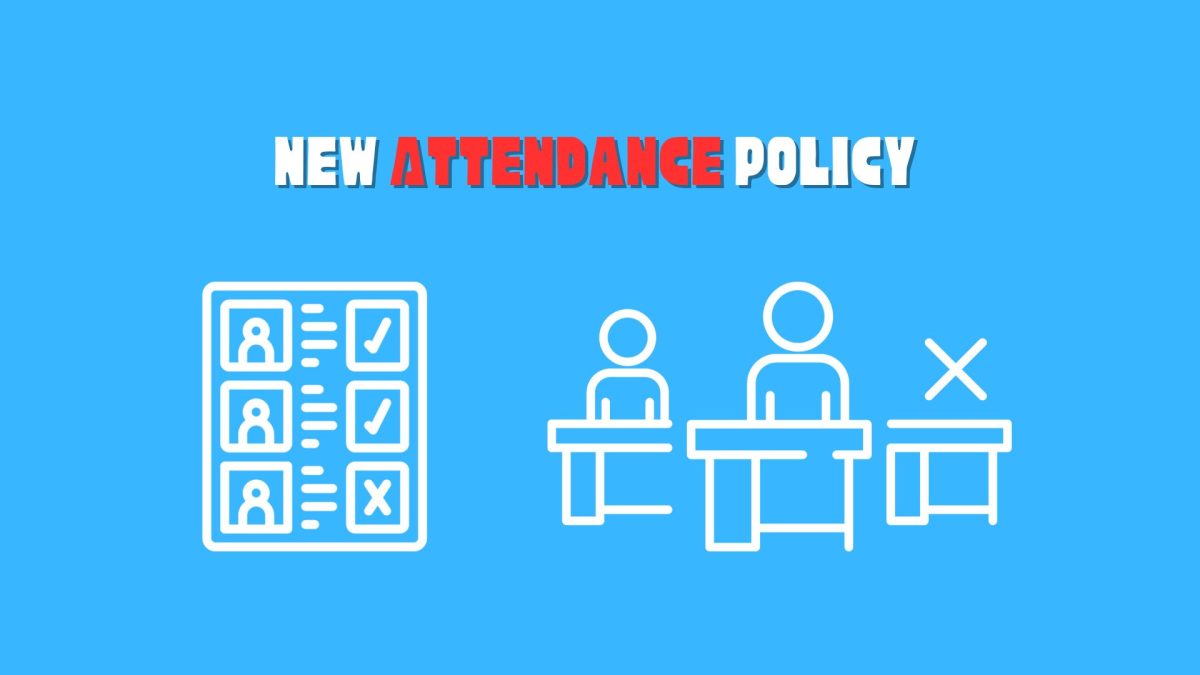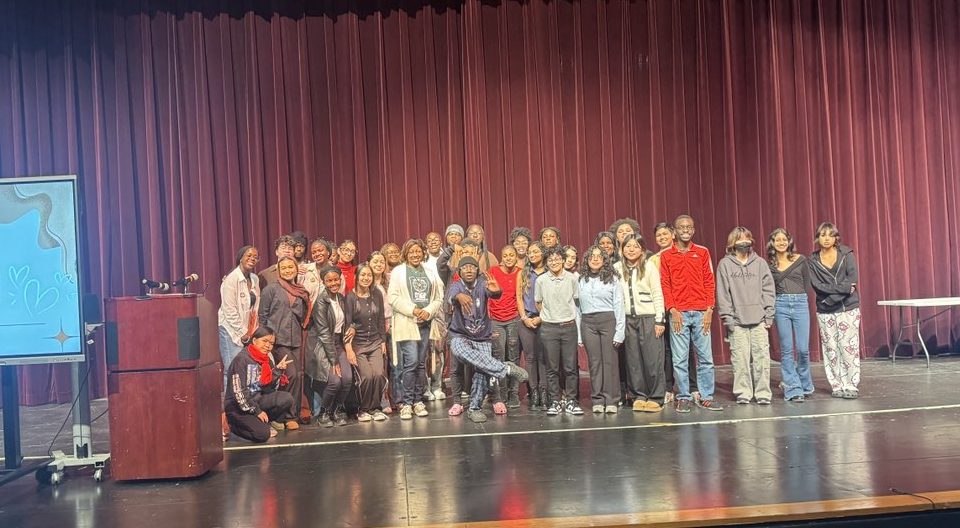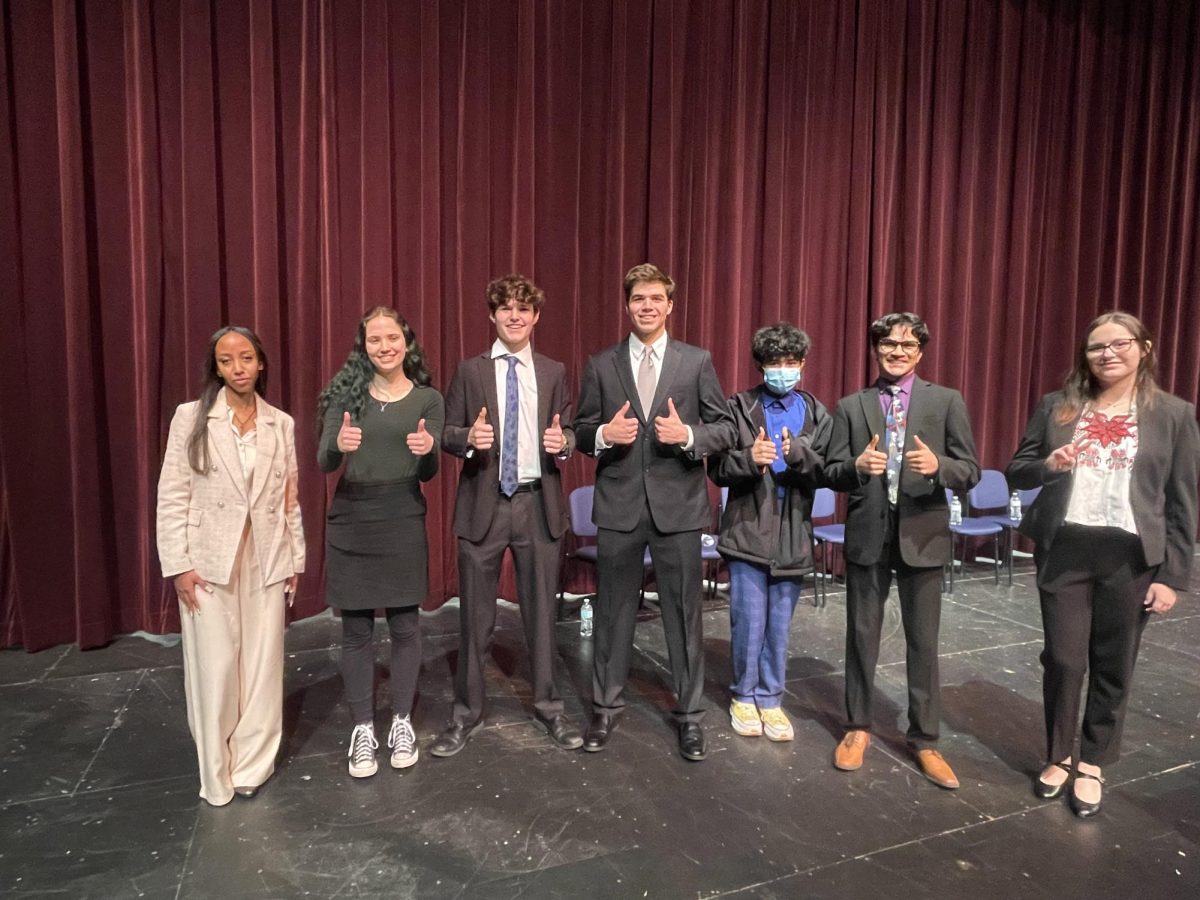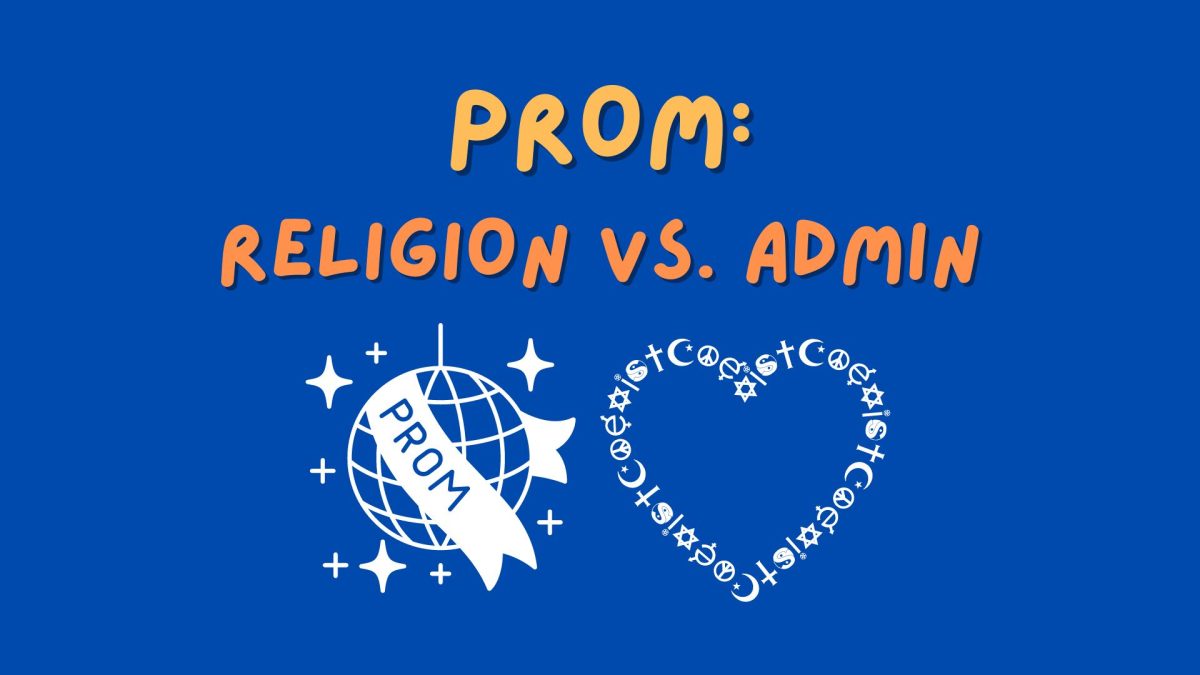To combat high rates of chronic absenteeism, Montgomery County Public Schools has established a new attendance policy.
Students who miss ten consecutive days will be withdrawn from their respective schools. Students missing 50% or more of a school day will be marked down as absent for a full day. The tardy rule will still apply, with three tardies equaling one absence.
Prior to the existing policy, MCPS established the loss of credit policy, also referred to as the LC policy, where students could lose credit for a course, regardless of their grade, if they accumulated a certain amount of unexcused absences. The LC policy went away after the COVID-19 outbreak in 2020.
Social studies teacher Tilghman Gordon said attendance at Watkins Mill High School has always been a problem. The school implemented a detention rule last year that gave students a detention for each late arrival to class. “Detention last year only worked for about a week,” Gordon said. Social studies teacher Bryan Lanham, who was responsible for monitoring the students who received detention, said over a thousand detentions weren’t fulfilled. Gordon added, “After realizing there were no concrete consequences, students stopped showing up.”
This is the first county-wide policy related to attendance that has been instituted since the removal of the LC policy in 2020. Assistant principal Veena Roberson believes that “after COVID, there does seem to be a greater concern that schools have with the number of students who are chronically absent.” Roberson added that the issue “has increased since we’ve returned [to] the school buildings from COVID.”
After six weeks of school, the effects of the policy have already made an impact. According to Roberson, about 45 to 50 students at Watkins Mill High School have been unenrolled and only about 10-12 of them have tried to come back. Students and families are signing an attendance contract to ensure accountability and responsibility.
WMHS has its own internal procedure for re-enrollment. Before the re-enrollment meeting, a team gathers to discuss what they believe were the barriers to the student’s success and what they can do as a school to better support them in having a different outcome. Unenrolled students and their families schedule an appointment with the counseling secretary. The student and their family will discuss any issues and challenges affecting the pattern of absences, and together they will come up with solutions for how the school can assist. If needed, WMHS is prepared to provide wrap-around services to families. Whether it is mental health concerns or scheduling concerns, WMHS plans to “support any of the families’ needs.”
The re-enrollment meeting is specifically crafted for each student. It will consist of the student’s administrator, counselor, people personnel workers, the social worker in the school building, and sometimes a program coordinator the student is involved with.
“Obviously in a re-enrollment meeting the conversation with a senior is going to be a little different than a conversation with a freshman,” Roberson said. If the school finds that traditional high school is not working for an upperclassman, they may introduce alternatives to acquiring a high school diploma. “We may not have that conversation as quickly with an underclassman.” The age of a student is ultimately considered in the re-enrollment process and to provide effective solutions.
“Of course there are legitimate reasons for absence,” Roberson said. Sicknesses and any other extenuating circumstances are days that should “absolutely” be taken off when needed.
“I can’t say if this policy is better or not, I can’t say if this policy is effective,” Roberson said. Roberson says that what she does know is that the policy, so far, has allowed the school to have attendance conversations with kids early in the year. The policy is creating a system that gives the schools “a better chance at addressing [attendance concerns] and having a positive outcome for the students.
WMHS’s end goal is to reinstate in the minds of students and families the importance of being in school every day on time. “The best education is going to be acquired when a student is a consistent part of that educational experience,” Roberson said. “Chronic absenteeism fragments a student’s connection with the school community and their access to education.”






















